Does Manitou's Mastodon Pro Make Fatbikes More Fun? - Review
Fatbikes have come a long way over the last few years, and many brands now offer high-end models that aren't only about the novelty of mucking around in the snow. Manitou's new Mastodon fatbike fork, first shown at the most recent Taipei Cycle Show in March, has been designed with exactly those high-end requirements in mind. As such, it's sporting features also found on Manitou's more conventional performance range of forks, but in a new, wider chassis and with an all-temperature build that's designed to be unaffected by the bitter cold.
My test fork is a 120mm-travel Mastodon Pro model that employs their TPC layout, MC² compression assembly, and a Dorado air spring. Total weight is 2,430-grams, and the fork goes for $849.99 USD.
My test fork is a 120mm-travel Mastodon Pro model that employs their TPC layout, MC² compression assembly, and a Dorado air spring. Total weight is 2,430-grams, and the fork goes for $849.99 USD.
Mastodon Pro Details
• Intended use: fat biking
• Travel: 100mm (adj. to 80mm), 120mm (adj. to 140mm),
150mm (OEM only)
• Spring: Dorado Air
• TPC damper
• MC² compression damper
• Stanchions: 34mm
• Hexlock SL 15mm x 150mm thru-axle
• Max tire clearance: 26''x5.15'' / 27.5''x4.5''
• Weight: 2,430 grams
• MSRP: $849.99 USD
• www.manitoumtb.com
• Intended use: fat biking
• Travel: 100mm (adj. to 80mm), 120mm (adj. to 140mm),
150mm (OEM only)
• Spring: Dorado Air
• TPC damper
• MC² compression damper
• Stanchions: 34mm
• Hexlock SL 15mm x 150mm thru-axle
• Max tire clearance: 26''x5.15'' / 27.5''x4.5''
• Weight: 2,430 grams
• MSRP: $849.99 USD
• www.manitoumtb.com
A fitting name for a larger than life fork.
Inside the Mastodon
Dorado Air Spring - Just in case the Dorado name doesn't ring a bell, it's Manitou's high-end, inverted downhill fork that I believe possess some of the best spring and damper performance in the biz. And it's a version of the former that's put to use inside of the much shorter-travel Mastodon in the shape of the Dorado spring system. The gist is that it's a relatively high-volume air spring that features a self-equalizing negative chamber, with both being adjusted simultaneously via a schrader valve at the bottom of the fork's left leg.
If you look closely at the valve, you'll see that it's not a run of the mill schrader setup, however, with something that looks like the valve core protruding slightly from the top. Threading on a standard shock pump depresses this 'core' which opens the port between the positive and negative chambers, thereby allowing the latter to constantly self-adjust to the optimal pressure.
The air valve at the bottom of the left leg is protected by a thread-on alloy cap, and it pressurizes both the positive and negative chambers at the same time.
The Mastodon Pro also comes with Manitou's IVA (Incremental Volume Adjust) setup installed that lets riders tune how the fork ramps-up by rearranging volume-tuning spacers to sit either above or below the air piston, or you can even install their IRT (Infinite Rate Adjust) system that creates a secondary air chamber above a floating air piston. While more complicated to understand, the IRT setup is said to allow independent tuning of the fork's middle to ending stroke, and it does come with easy to understand instructions. I was happy with the Mastodon Pro's stock IVA spring, however, so I stuck with that.
MC² and TPC Damping - It's another case of borrowed technology, this time when it comes to the important oil related stuff. TPC is shorthand for 'Twin Piston Chamber,' and that's exactly what it sounds like: a single oil chamber with two pistons; one piston is fixed at the bottom, and the other is on the damper rod. If that layout sounds familiar, it's because that's what you'll find in pretty much every modern, high-end suspension unit.
The MC² name refers to, you guessed it, the Mastodon's dual compression adjusters found at the top of the right leg. The outer anodized red dial tunes the Mastodon's low-speed compression, while the inner black dial lets riders adjust the high-speed control.
Rather than twenty-something clicks to flip through, Manitou has gone with a simple four-clicks for each dial, which is probably a good approach. Each click is well defined, and the adjustment range is wide enough to make anyone happy.
Rather than twenty-something clicks to flip through, Manitou has gone with a simple four-clicks for each dial, which is probably a good approach. Each click is well defined, and the adjustment range is wide enough to make anyone happy.
A fatbike fork is much more likely to be faced with freezing temps than a standard fork, and those icy conditions can have a detrimental effect on performance - seals can fail, lube can thicken, and the same thing can happen to damping oil. Manitou has worked with athletes competing in the Idita-bike races, so they have some history when it comes to extremely low temps and knew that specific fluids and greases would be required, and also that certain internal features might not perform at their best when conditions go from cold to really freak'n cold. ''We decided to go with Dorado Air in the Mastodon Comp because the top-out systems used in TS and ISO Air just don’t perform well enough in the cold,'' Manitou's Eric Schutt said. ''Since people don’t only ride their fatbikes in the cold, any solution we made had to work equally well in hot conditions.''
Mastodon Chassis
Wider Stance, burlier Chassis -The Mastodon's wide stance due to its 150mm wide hub spacing called for some extra beefiness in its chassis, so that's exactly what Manitou did. ''The huge tires and massive traction drive higher torsional loads than a smaller tire, so the stiffness is very important,'' Schutt explained, but there more to it than that. ''It’s also more important at cold temps where internal seals are working harder and don’t need the added challenge of sealing on a flexing leg.'' Using finite element analysis, there were between twenty and thirty different iterations of the Mastodon's arch during testing, says Schutt, and Manitou focused much more on stiffness over aesthetics than with their other forks.
Manitou prioritized rigidity over looks when it came to the Mastodon's lowers.
Manitou also went with 34mm stanchions, a choice that makes sense when you consider that travel options go all the way up to 150mm. The final product is claimed to be 26% stiffer fore/aft, and 25% stiffer torsionally, than ''the competition,'' which is surely a veiled reference to RockShox's Bluto fatbike fork and its 32mm stanchions.
The biggest challenge turned out to be how to make the Mastodon play nice with the massive variance in diameters of fatbike tires. Schutt explains how they tackled this: ''Our solution to this was to offer two different ride heights for the same range of travels This allows us to deliver a lower ride height for the more typical fat tires, and still fit the largest rubber by building the fork a bit taller for those who need it. The forks use the same casting and legs, so it is possible to change from one version to the other by swapping some internals.''
The Mastodon's HexLock SL is a simple and lightweight 15mm x 150mm thru-axle that requires a 6mm allen key. The cap is captured in the right fork leg.
HexLock SL - Manitou has used their hexagonal-shaped axles to tie the fork lowers together for ages now, with the design evolving over the years from a simple thru-axle and cap setup to a more complicated "quick-release" (HexLock QR15) that frustrated some riders. While the QR15 setup was quick when you nailed it, aligning the T-shaped end of the axle with the slot on the opposite side could be tricky, and Manitou is now offering forks with their simpler HexLock SL that's employed on the Mastodon.
This is where the HexLock name comes from.
The Mastodon's HexLock SL still features a round center section and hexagonal-shaped ends that interlock with the 150mm-wide spaced fork lowers, but the axles threads in via a captured nut on held in the left fork leg. Sure, you need a 6mm hex key to get the axle out, but I doubt anyone riding a fatbike is in that much of a hurry that they'll miss the more complicated Hexlock QR15 system. I know that I don't.
My 120mm-travel Mastodon Pro test fork was bolted to the front of a Trek Farley EX 8.
Riding the Mastodon
Sensitivity and Air Spring - A massive 3.8'' wide tire goes a long way to helping erase any and all imperfections under it. But giant tire or not, the Mastodon is slippery and smooth from the get-go, with it feeling on par with anything else on the market as far as stiction goes, especially at the top of the fork's stroke.
The Mastodon's air spring feels suitable for a bike with nearly 4'' wide tires that's probably not going to be thrown into nasty terrain at the same pace as an enduro bike. That said, the fork's ramp-up felt more than adequate in this regard, and I never needed to tinker with the IVA system to create more bottom-out resistance. Granted, I'm not exactly sending fatbikes off of Rampage-sized drops, but the spring rate felt controlled at the 70 PSI that I settled on and well-suited to some relatively aggressive fat tire shredding, even if that includes some drops around the five-foot range.
I thought that I might miss Manitou's effective HBO (Hydraulic Bottom Out) control that's employed on their Mattoc Pro 2, but I don't think it's required on the Mastodon.
Chassis Performance - I don't doubt Manitou when they say that they've gone to great lengths to keep the Mastodon's ultra-wide chassis as torsionally rigid as possible, but I'm not convinced that this is all that noticeable when speaking about the 120mm-travel fork reviewed here. Hear me out: fatbikes are most often put to use in the worst of the worst; deep sand or snow are the common conditions, of course. And the tires used are often around four-inches wide and running single digit pressures to boot, all of which can make for a, er, forgiving feeling to the bike's steering precision.
What I'm trying to say here is that while the Mastodon never felt like a wet noodle to me, the entire thing steered like the other fatbikes that I've spent time aboard: fun, but not exactly a shining example of handling exactness. Either way, the Mastodon is torsionally stiff enough for any rider, and it's 34mm stanchions likely make it more precise than RockShox's Bluto.
Jump up to the 150mm-travel, OE-only Mastodon, or the longer axle-to-crown EXT versions that have added length to clear up to 26'' x 5.15'' tires, and I bet that Manitou's work to create a stiff chassis does pay off.
Chassis Performance - I don't doubt Manitou when they say that they've gone to great lengths to keep the Mastodon's ultra-wide chassis as torsionally rigid as possible, but I'm not convinced that this is all that noticeable when speaking about the 120mm-travel fork reviewed here. Hear me out: fatbikes are most often put to use in the worst of the worst; deep sand or snow are the common conditions, of course. And the tires used are often around four-inches wide and running single digit pressures to boot, all of which can make for a, er, forgiving feeling to the bike's steering precision.
What I'm trying to say here is that while the Mastodon never felt like a wet noodle to me, the entire thing steered like the other fatbikes that I've spent time aboard: fun, but not exactly a shining example of handling exactness. Either way, the Mastodon is torsionally stiff enough for any rider, and it's 34mm stanchions likely make it more precise than RockShox's Bluto.
Jump up to the 150mm-travel, OE-only Mastodon, or the longer axle-to-crown EXT versions that have added length to clear up to 26'' x 5.15'' tires, and I bet that Manitou's work to create a stiff chassis does pay off.
Damper Performance - I've had good experiences with Manitou's MC² damper in the past, especially when it was used inside of their Mattoc all-mountain fork, and the Mastodon performed in much the same way. The dials look the same and also do the same job, sans the HBO dial that's not present on the Mastodon, and while I'm happy to admit that I love to tinker with settings ad nauseam, the four available clicks for both the low-speed compression and high-speed compression offer a very effective tuning range.
The red LSC dial firms the fork up substantially when fully closed, and while it's not a full lockout, it's likely enough for anyone on a fatbike - the fork can still go into its stroke, but it's heavily damped and quite firm. With 70 PSI in the air spring, I found myself preferring to run the dial either two or three clicks from fully closed, a setting that offered plenty of control and felt like it helped to manage fork movement that could sometimes feel more active than it actually is due to the soft, high-volume tire. The black HSC dial saw less action, with it usually sitting either three or four clicks (fully open) from closed.
Manitou's damper has always impressed me, and it's no different when it comes to the Mastodon.
I'm a bit under 160lbs and ride at a solid expert lever, and the above settings had the Mastodon feeling very much like... a normal fork. That should be the goal with these things, I suppose; to make the bike feel as close as possible to a traditional mountain bike, but without stealing away any of the fun and practical benefits (in the right setting) of the massive tires.
Reliability - Manitou had a spell of less than stellar reliability many moons ago, and there's no arguing that it didn't turn some riders off of their suspension forks. The same could be said of any other brand, of course, especially when talking about crown/steerer/stanchion tube assemblies, but I'd argue that Manitou has improved immensely over the years and that they can now match RockShox and Fox in that department. The Mastodon Pro fork that I've been using has confirmed this in my mind, with absolutely zero degradation in performance, or even a hiccup, since I started using the fork many months ago.
Pinkbike's Take:
Author Info:
Must Read This Week
[UPDATED] Final Elite XC Results & Overall Standings from the Mairiporã XC World Cup 2024
42130 views
42130 views
Sign Up for the Pinkbike Newsletter - All the Biggest, Most Interesting Stories in your Inbox
PB Newsletter Signup
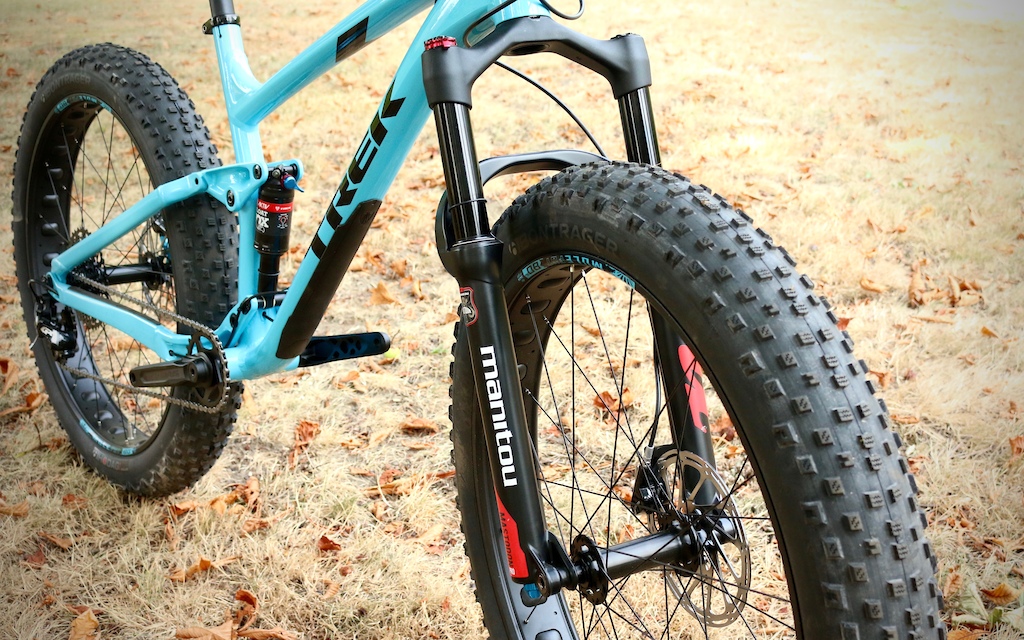
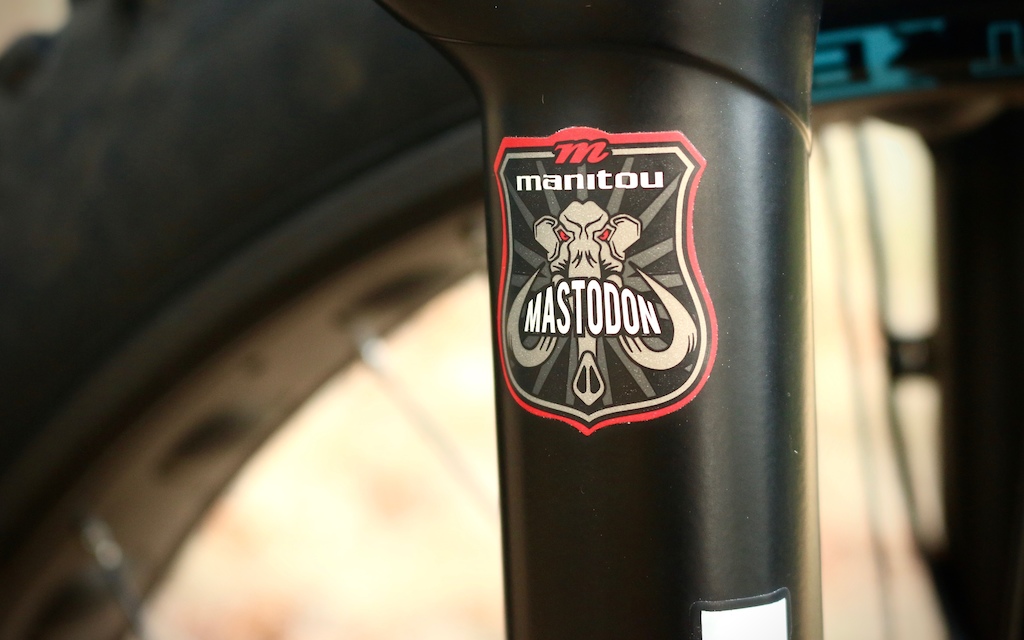

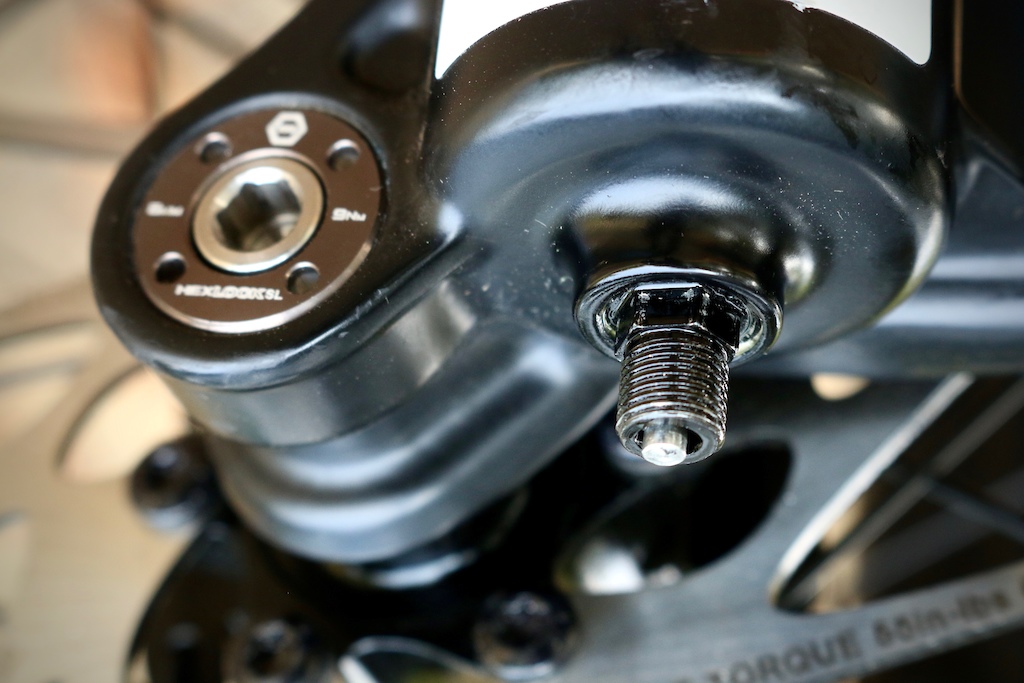
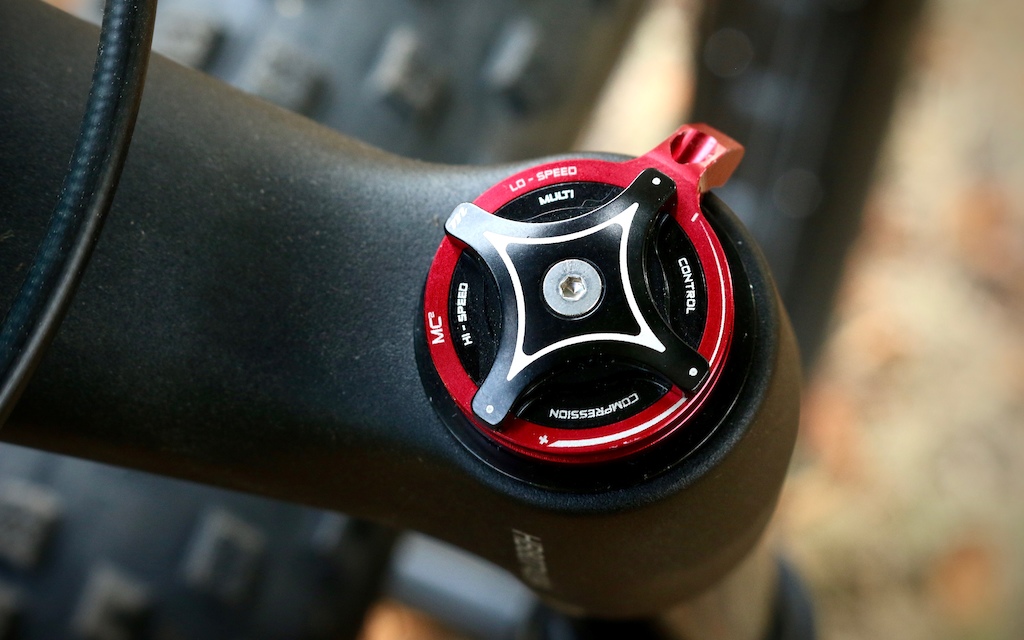
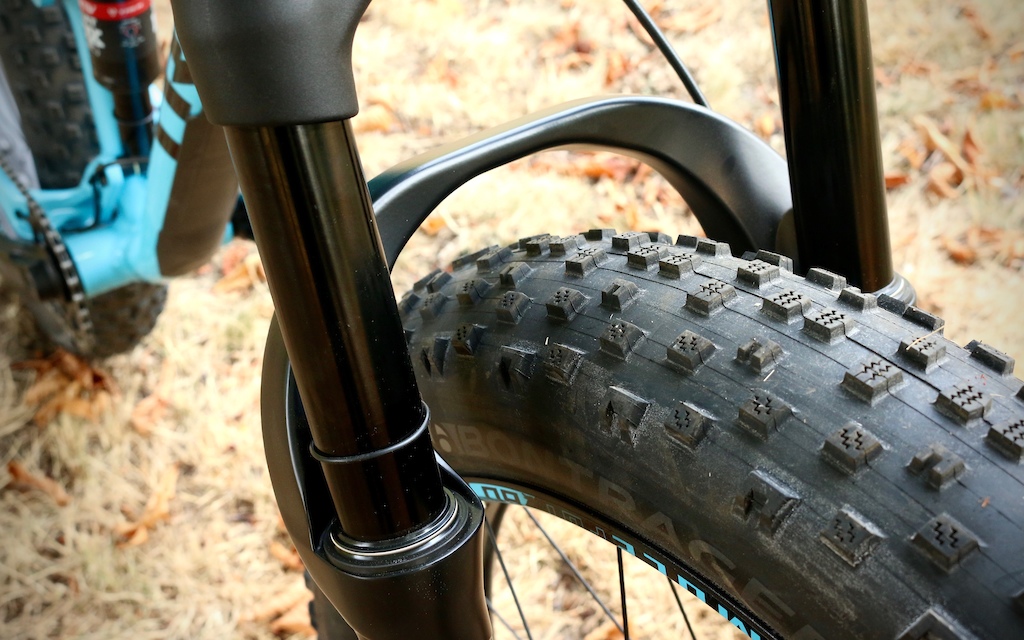

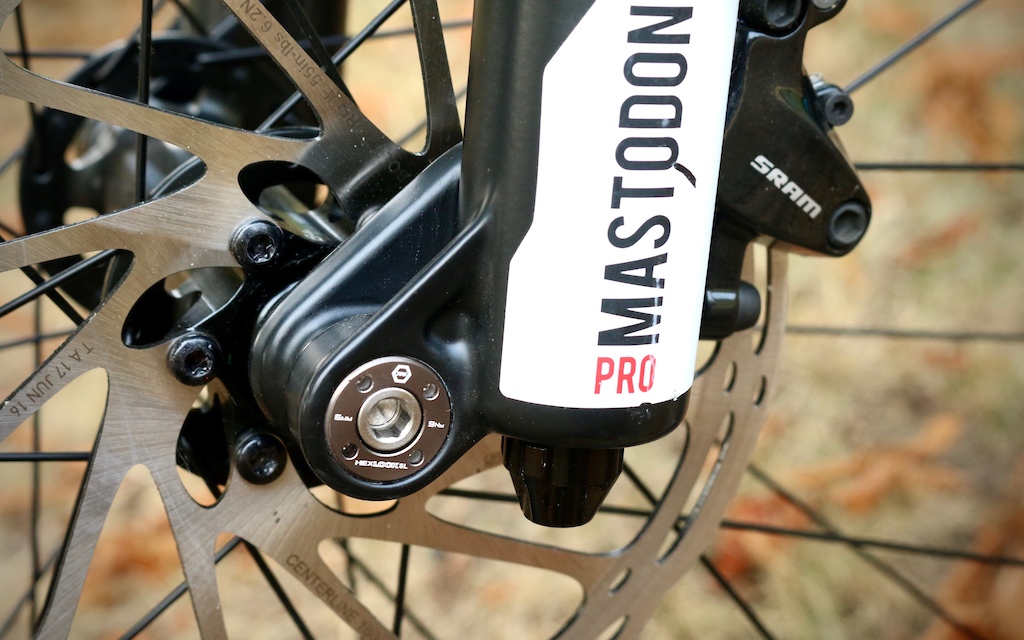
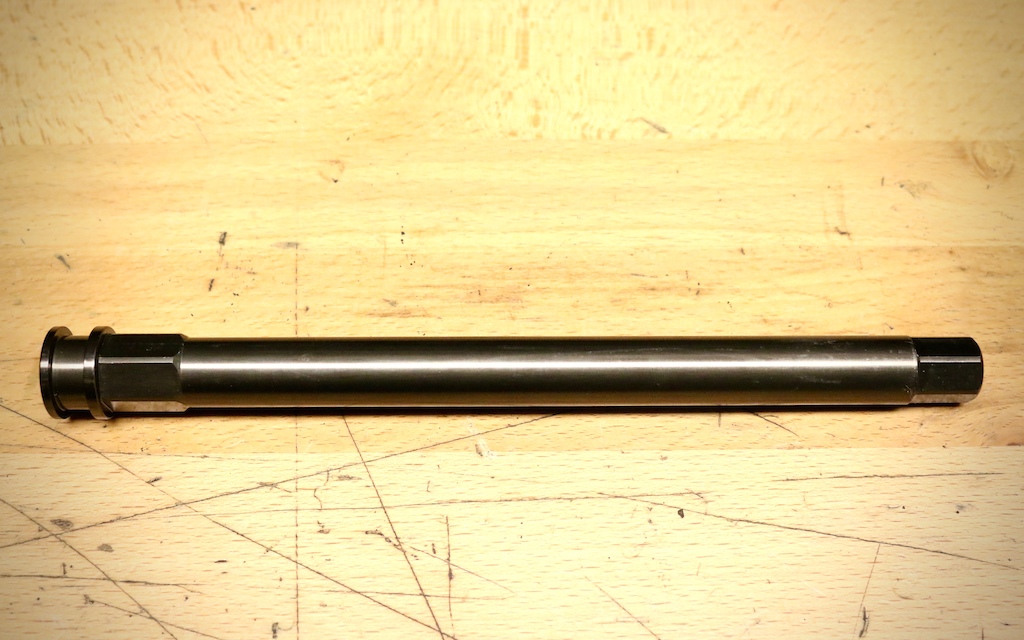

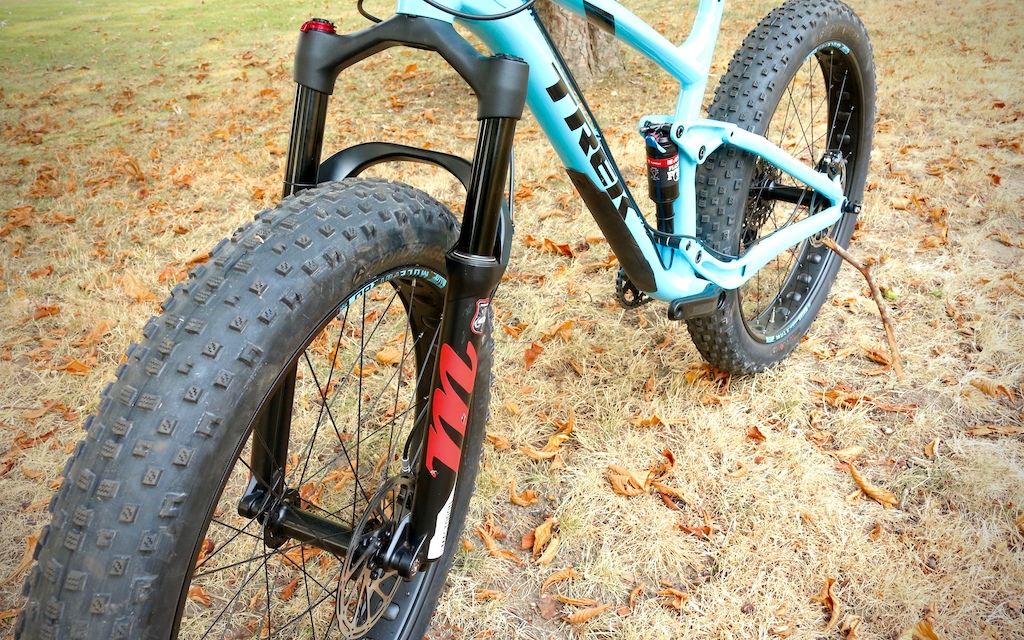
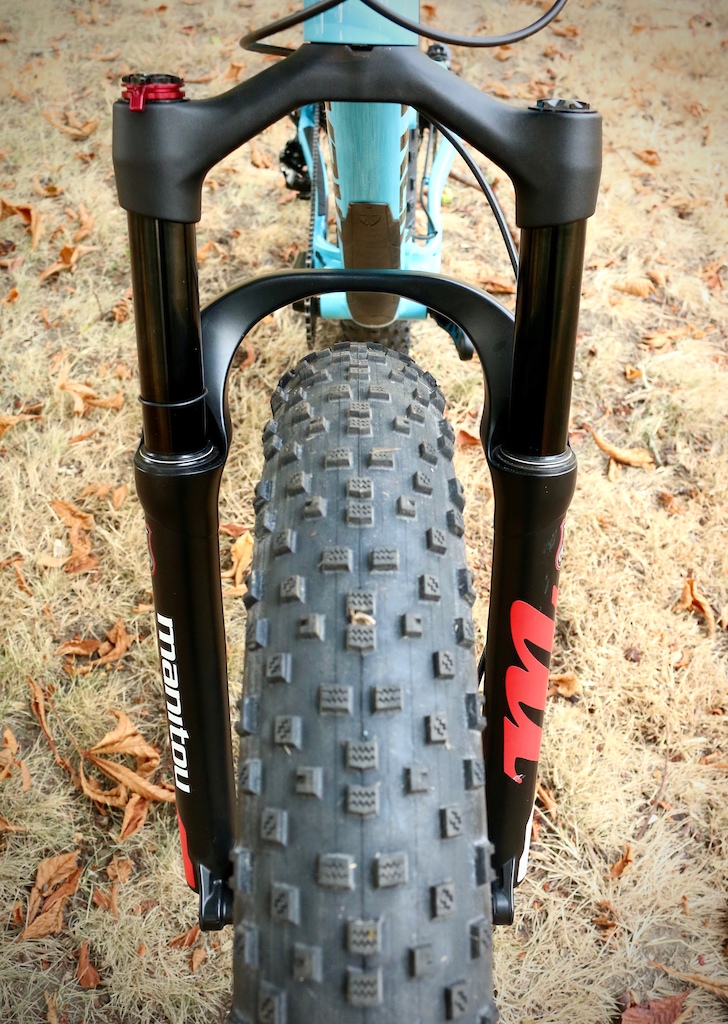



No.
Winter can suck but fat bikes make it much more tolerable
Not to mention LBS's pulling in off season revenue.
Fatties are just plain good for everyone.
It's cool Homie, I ain't hatin'.
The Bluto is an antiquated, Rebaesque fork, that was a noodle from day one, and has been replaced by far better forks for many years.
The Mastodon is a solid fork, very well built, based on current damping and compression designs tested in Manitou's "normal forks". The Mastodon works as designed, it doesn't flex under load, it allows for travel up to 150mm, and the function is as good as the Mattoc.
I run a Mastodon 150mm STD on a 6" travel fat bike and I run a Mastodon 120mm EXT on a hard tail fat bike, both bikes have aggressive geo with 16.25" chainstays. I have wheelsets running 27.5 x 2.8 Minions, 27.5 x 3.8 Minions, 29 x 3" Minions, and 26 x 4.8 Minions; I like Minions. I can pick and choose wheels based on conditions, swapping them between bikes.
^this is why a fat bike is cool, lots of choices, same chasis, adjustable set up, year round biking on the same bike.
Lenz Fatillac. I'm running a Cane Creek Coil IL. 16.25" chainstays, 67deg HTA. It's a beast!
I think q factor is waaay overrated. Think about how wide people run their stance in boarding or skiing? They don't seem to complain about q factor; "what's q factor?"
About the only bitch with qfactor is pedal clearance in narrow gaps and narrow trail beds.
- By STD and EXT, do you mean Comp and Pro?
And we weren't on fat bikes
A few years ago a fat bike made me the center of attention. I couldn't pump gas with it on the bike rack without a stranger talking to me about it. It would be what people talked to me about on rides. It was constantly the topic of discussion. Now? Nobody asks or even gives it a second look. Yesterday I saw some poor kids in the ghetto are riding fat bmx bikes. They're at walmart. They're everywhere.
I'm surprised to hear that BC is behind on fat bikes. Most other areas with so much bike culture have already been through the fat fad and now think of fat bikes as just another type of bike. Some people ride only fat bikes but most have them as just another bike in the quiver. They're not going away. Mountain bikers that have the desire and budget to afford multiple bikes, frequently have a fat bike.
I'm not trying to upset anyone here, and will hold my hands up that I've no never tried one, but I really don't get fs fat bikes...
You mean they focus on aesthetics on their other forks? That doesn't sound right...
#fatduro
ive had same experience.
Tires need to sink down to terra firma.
if the tire floats you are going no where fast.
Those fatbikes ought to be good for riding through pastures
Until last week I just gave people the benefit of the doubt but then I tried a friend's fat bike. The thing felt f##king terrible.
If you forced me to cycle 5 miles on deep sand, then yes, I would ride a fat bike.... then I'd knock you out for forcing me to ride on deep sand.
People who like fat bikes are probably the same people who buy telescopic poles for walking: Gear addicts just looking for more things to waste their money on.
Sorry ladies and gentlemen, I seem to have momentarily lost my rag but that's what fat bike topics do to me.
I really don't understand that at all, a regular mtb is so much better for riding on solid ground.
Have a Good day. Please keep on being offended because for some reason you thought someone is attacking the way you do things. I don't care what you do, that is no business of mine.
btw: I'm still on a 26er with Maxixis 2.3.. Down with narrow minds on the trail...my experience with NC has always been warm hospitality...too bad for ya'll.